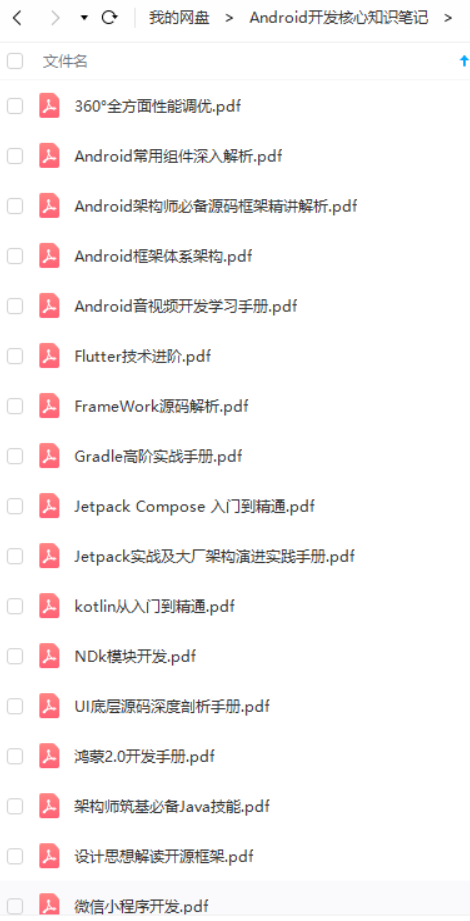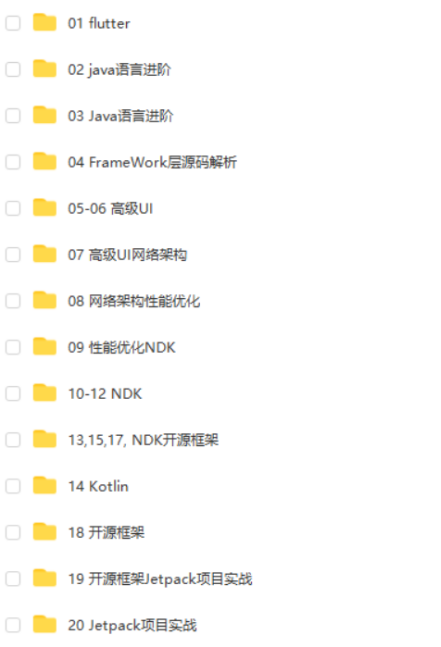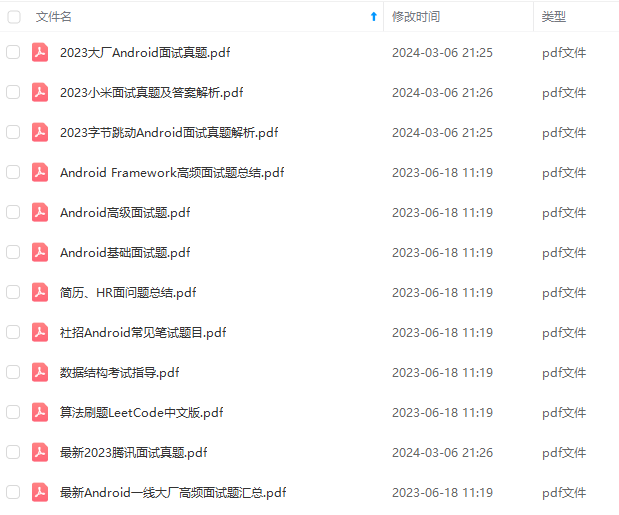if (view == null) {
throw new IllegalArgumentException(“view must not be null”);
}
if (display == null) {
throw new IllegalArgumentException(“display must not be null”);
}
if (!(params instanceof WindowManager.LayoutParams)) {
throw new IllegalArgumentException(“Params must be WindowManager.LayoutParams”);
}
final WindowManager.LayoutParams wparams = (WindowManager.LayoutParams) params;
if (parentWindow != null) {
parentWindow.adjustLayoutParamsForSubWindow(wparams);
} else {
// If there’s no parent, then hardware acceleration for this view is
// set from the application’s hardware acceleration setting.
final Context context = view.getContext();
if (context != null
&& (context.getApplicationInfo().flags
& ApplicationInfo.FLAG_HARDWARE_ACCELERATED) != 0) {
wparams.flags |= WindowManager.LayoutParams.FLAG_HARDWARE_ACCELERATED;
}
}
ViewRootImpl root;
View panelParentView = null;
synchronized (mLock) {
// Start watching for system property changes.
if (mSystemPropertyUpdater == null) {
mSystemPropertyUpdater = new Runnable() {
@Override public void run() {
synchronized (mLock) {
for (int i = mRoots.size() - 1; i >= 0; --i) {
mRoots.get(i).loadSystemProperties();
}
}
}
};
SystemProperties.addChangeCallback(mSystemPropertyUpdater);
}
int index = findViewLocked(view, false);
if (index >= 0) {
if (mDyingViews.contains(view)) {
// Don’t wait for MSG_DIE to make it’s way through root’s queue.
mRoots.get(index).doDie();
} else {
throw new IllegalStateException("View " + view
- " has already been added to the window manager.");
}
// The previous removeView() had not completed executing. Now it has.
}
// If this is a panel window, then find the window it is being
// attached to for future reference.
if (wparams.type >= WindowManager.LayoutParams.FIRST_SUB_WINDOW &&
wparams.type <= WindowManager.LayoutParams.LAST_SUB_WINDOW) {
final int count = mViews.size();
for (int i = 0; i < count; i++) {
if (mRoots.get(i).mWindow.asBinder() == wparams.token) {
panelParentView = mViews.get(i);
}
}
}
root = new ViewRootImpl(view.getContext(), display);
view.setLayoutParams(wparams);
mViews.add(view);
mRoots.add(root);
mParams.add(wparams);
}
// do this last because it fires off messages to start doing things
try {
// 这行代码是本文重点关注的!!!
root.setView(view, wparams, panelParentView);
} catch (RuntimeException e) {
// BadTokenException or InvalidDisplayException, clean up.
synchronized (mLock) {
final int index = findViewLocked(view, false);
if (index >= 0) {
removeViewLocked(index, true);
}
}
throw e;
}
}
其中有一句root.setView(view, wparams, panelParentView);,正是这行代码将调用流程转移到了ViewRootImpl.setView()里面,此方法内部最终会触发ViewRootImpl.performTraversals()方法,这个方法就是我们熟悉的View从无到有要经历的3个阶段(measure, layout, draw),不过这个方法内部和我们这里讨论的内容相关的是其1364行代码:host.dispatchAttachedToWindow(mAttachInfo, 0);,这里的host就是Act的DecorView(FrameLayout的子类),我们可以看到是通过这样的dispatch方法将这个调用沿着View tree分发了下去,我们分别看下ViewGroup和View中这个方法的实现,如下:
// ViewGroup中的实现:
void dispatchAttachedToWindow(AttachInfo info, int visibility) {
mGroupFlags |= FLAG_PREVENT_DISPATCH_ATTACHED_TO_WINDOW;
// 先调用自己的
super.dispatchAttachedToWindow(info, visibility);
mGroupFlags &= ~FLAG_PREVENT_DISPATCH_ATTACHED_TO_WINDOW;
final int count = mChildrenCount;
final View[] children = mChildren;
for (int i = 0; i < count; i++) {
final View child = children[i];
// 递归调用每个child的dispatchAttachedToWindow方法
// 典型的深度优先遍历
child.dispatchAttachedToWindow(info,
combineVisibility(visibility, child.getVisibility()));
}
final int transientCount = mTransientIndices == null ? 0 : mTransientIndices.size();
for (int i = 0; i < transientCount; ++i) {
View view = mTransientViews.get(i);
view.dispatchAttachedToWindow(info,
combineVisibility(visibility, view.getVisibility()));
}
}
// View中的实现:
void dispatchAttachedToWindow(AttachInfo info, int visibility) {
//System.out.println("Attached! " + this);
mAttachInfo = info;
if (mOverlay != null) {
mOverlay.getOverlayView().dispatchAttachedToWindow(info, visibility);
}
mWindowAttachCount++;
// We will need to evaluate the drawable state at least once.
mPrivateFlags |= PFLAG_DRAWABLE_STATE_DIRTY;
if (mFloatingTreeObserver != null) {
info.mTreeObserver.merge(mFloatingTreeObserver);
mFloatingTreeObserver = null;
}
if ((mPrivateFlags&PFLAG_SCROLL_CONTAINER) != 0) {
mAttachInfo.mScrollContainers.add(this);
mPrivateFlags |= PFLAG_SCROLL_CONTAINER_ADDED;
}
performCollectViewAttributes(mAttachInfo, visibility);
onAttachedToWindow();
ListenerInfo li = mListenerInfo;
final CopyOnWriteArrayList listeners =
li != null ? li.mOnAttachStateChangeListeners : null;
if (listeners != null && listeners.size() > 0) {
// NOTE: because of the use of CopyOnWriteArrayList, we must use an iterator to
// perform the dispatching. The iterator is a safe guard against listeners that
// could mutate the list by calling the various add/remove methods. This prevents
// the array from being modified while we iterate it.
for (OnAttachStateChangeListener listener : listeners) {
listener.onViewAttachedToWindow(this);
}
}
int vis = info.mWindowVisibility;
if (vis != GONE) {
onWindowVisibilityChanged(vis);
}
// Send onVisibilityChanged directly instead of dispatchVisibilityChanged.
// As all views in the subtree will already receive dispatchAttachedToWindow
// traversing the subtree again here is not desired.
onVisibilityChanged(this, visibility);
if ((mPrivateFlags&PFLAG_DRAWABLE_STATE_DIRTY) != 0) {
// If nobody has evaluated the drawable state yet, then do it now.
refreshDrawableState();
}
needGlobalAttributesUpdate(false);
}
从源码我们可以清晰地看到ViewGroup先是调用自己的onAttachedToWindow()方法,再调用其每个child的onAttachedToWindow()方法,这样此方法就在整个view树中遍布开了,注意到visibility并不会对这个方法产生影响。
和attched对应的,detached的发生是从act的销毁开始的,具体的代码调用流程如下:
ActivityThread.handleDestroyActivity() -->
WindowManager.removeViewImmediate() -->
WindowManagerGlobal.removeViewLocked()方法 —>
ViewRootImpl.die() --> doDie() -->
ViewRootImpl.dispatchDetachedFromWindow()
最终会调用到View层次结构的dispatchDetachedFromWindow方法去,对应的代码如下:
// ViewGroup的:
@Override
void dispatchDetachedFromWindow() {
// If we still have a touch target, we are still in the process of
// dispatching motion events to a child; we need to get rid of that
// child to avoid dispatching events to it after the window is torn
// down. To make sure we keep the child in a consistent state, we
// first send it an ACTION_CANCEL motion event.
cancelAndClearTouchTargets(null);
// Similarly, set ACTION_EXIT to all hover targets and clear them.
exitHoverTargets();
// In case view is detached while transition is running
mLayoutCalledWhileSuppressed = false;
// Tear down our drag tracking
mDragNotifiedChildren = null;
if (mCurrentDrag != null) {
mCurrentDrag.recycle();
mCurrentDrag = null;
}
final int count = mChildrenCount;
final View[] children = mChildren;
for (int i = 0; i < count; i++) {
// 先调用child的方法
children[i].dispatchDetachedFromWindow();
}
clearDisappearingChildren();
final int transientCount = mTransientViews == null ? 0 : mTransientIndices.size();
for (int i = 0; i < transientCount; ++i) {
View view = mTransientViews.get(i);
view.dispatchDetachedFromWindow();
}
// 最后才是自己的
super.dispatchDetachedFromWindow();
}
// View的:
void dispatchDetachedFromWindow() {
自我介绍一下,小编13年上海交大毕业,曾经在小公司待过,也去过华为、OPPO等大厂,18年进入阿里一直到现在。
深知大多数初中级Android工程师,想要提升技能,往往是自己摸索成长或者是报班学习,但对于培训机构动则近万的学费,着实压力不小。自己不成体系的自学效果低效又漫长,而且极易碰到天花板技术停滞不前!
因此收集整理了一份《2024年Android移动开发全套学习资料》,初衷也很简单,就是希望能够帮助到想自学提升又不知道该从何学起的朋友,同时减轻大家的负担。





既有适合小白学习的零基础资料,也有适合3年以上经验的小伙伴深入学习提升的进阶课程,基本涵盖了95%以上Android开发知识点,真正体系化!
由于文件比较大,这里只是将部分目录截图出来,每个节点里面都包含大厂面经、学习笔记、源码讲义、实战项目、讲解视频,并且会持续更新!
如果你觉得这些内容对你有帮助,可以扫码获取!!(备注:Android)

最后
给大家送上我成功跳槽复习中所整理的资料,由于文章篇幅有限,所以只是把题目列出来了



《互联网大厂面试真题解析、进阶开发核心学习笔记、全套讲解视频、实战项目源码讲义》点击传送门即可获取!
,真正体系化!**
由于文件比较大,这里只是将部分目录截图出来,每个节点里面都包含大厂面经、学习笔记、源码讲义、实战项目、讲解视频,并且会持续更新!
如果你觉得这些内容对你有帮助,可以扫码获取!!(备注:Android)

最后
给大家送上我成功跳槽复习中所整理的资料,由于文章篇幅有限,所以只是把题目列出来了
[外链图片转存中…(img-3rYQIN1L-1713400070655)]
[外链图片转存中…(img-gK6Sy2iP-1713400070656)]
[外链图片转存中…(img-zYCXigzX-1713400070657)]
《互联网大厂面试真题解析、进阶开发核心学习笔记、全套讲解视频、实战项目源码讲义》点击传送门即可获取!






















 578
578

 被折叠的 条评论
为什么被折叠?
被折叠的 条评论
为什么被折叠?








